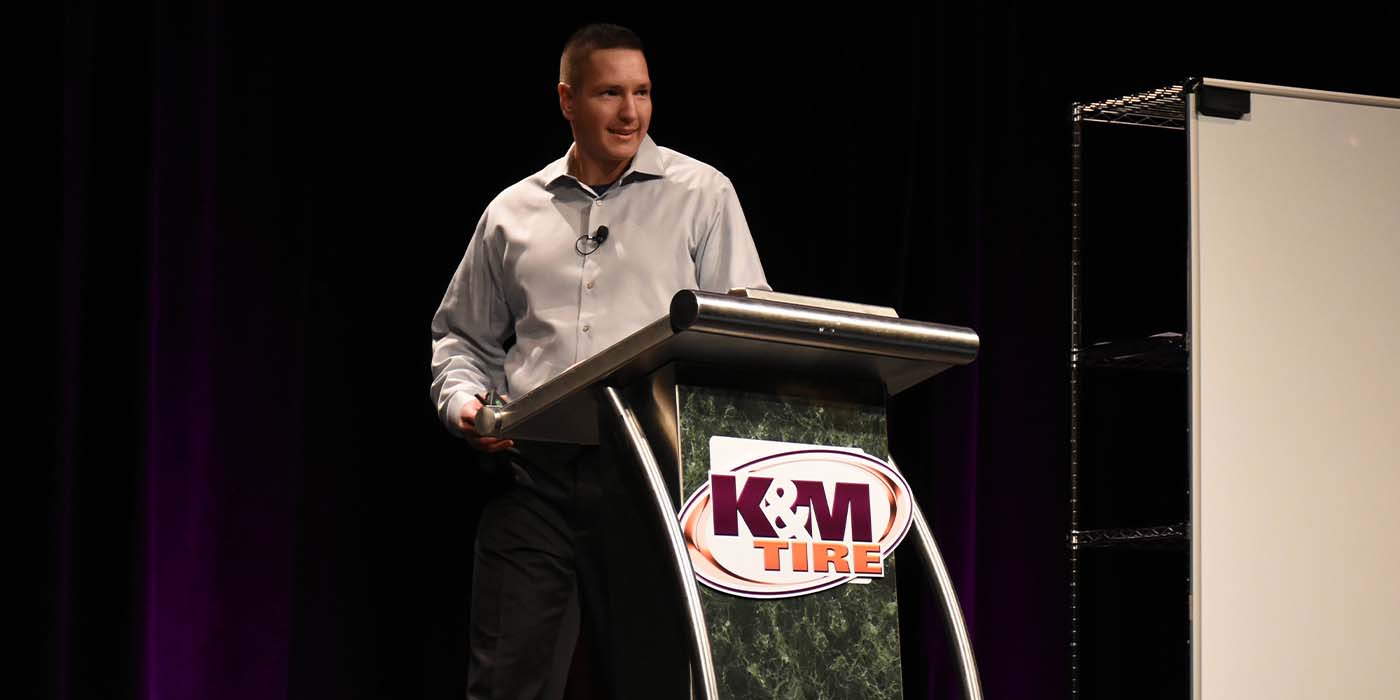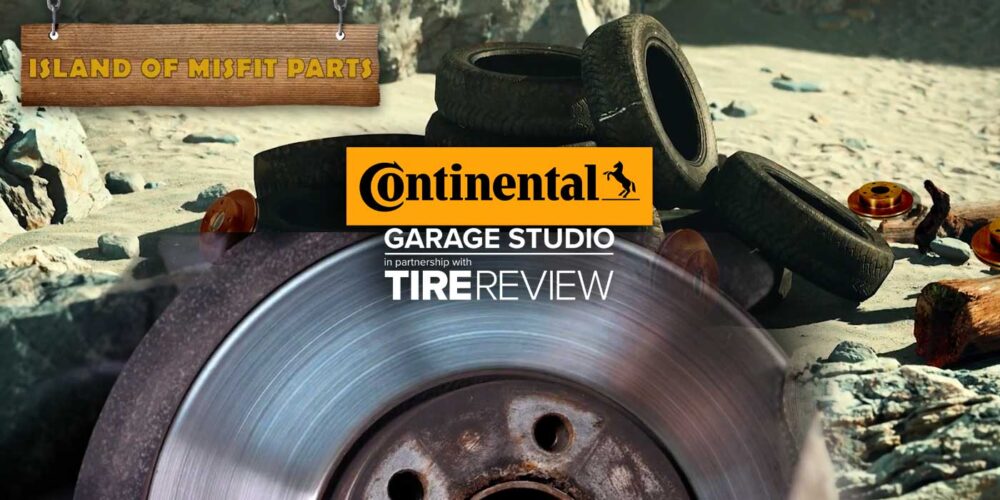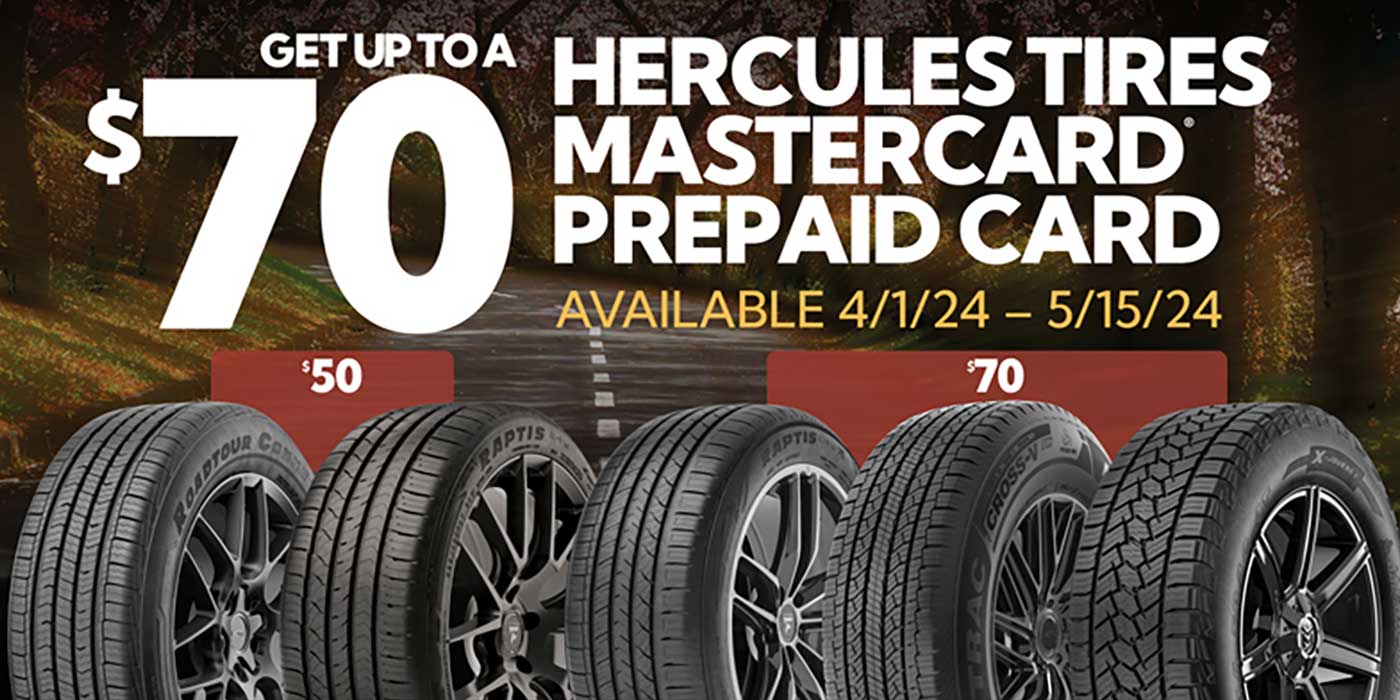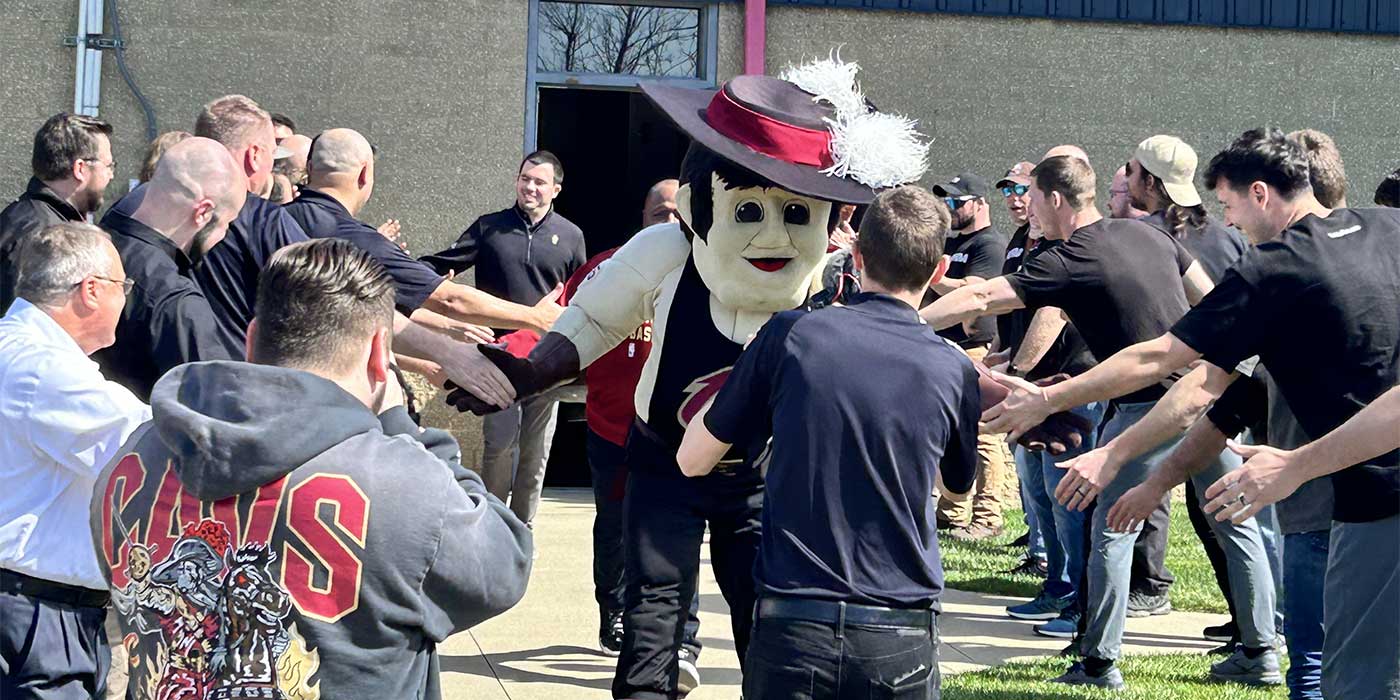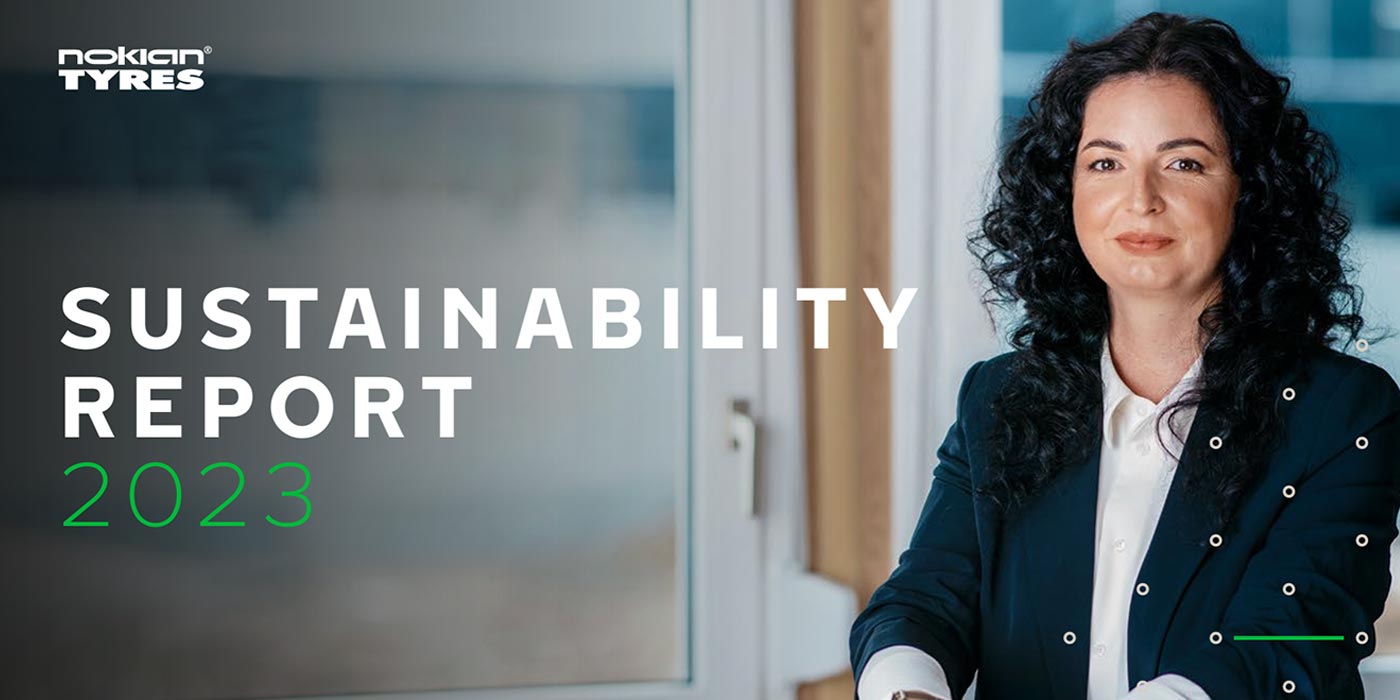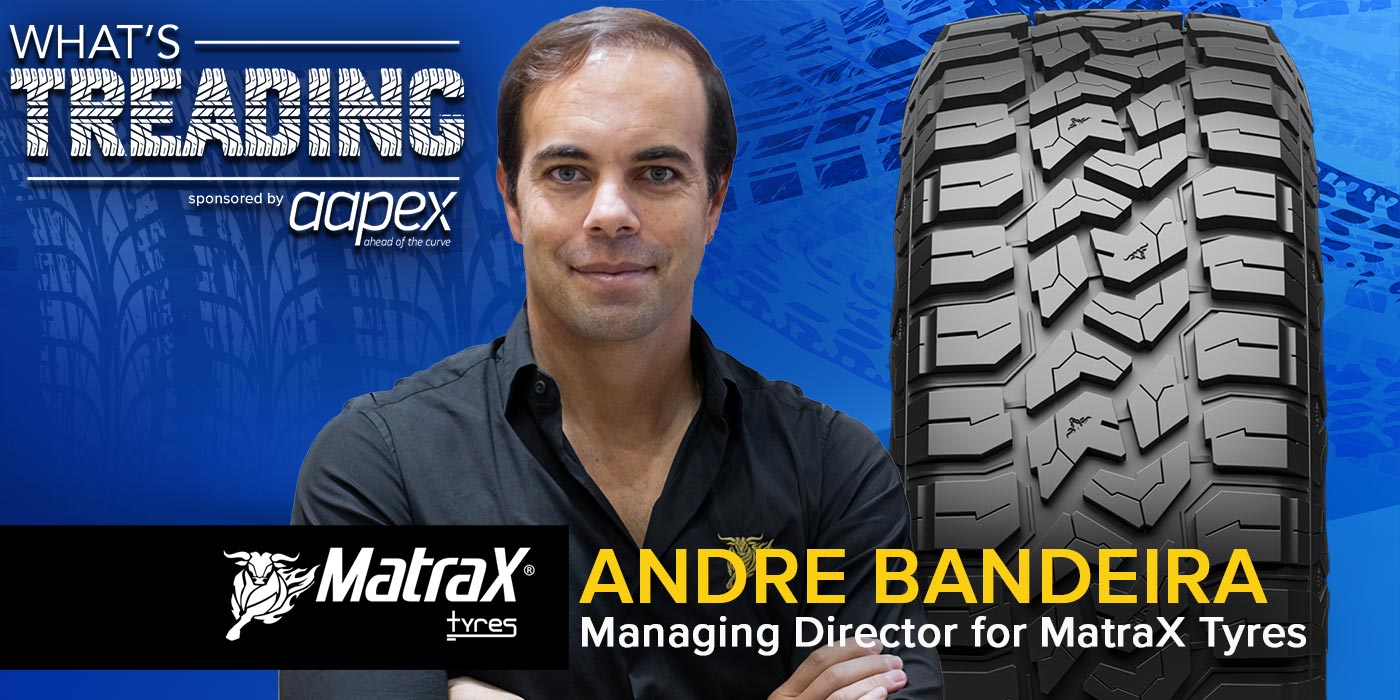One of the first things you notice in Seoul is the provincial nature of Koreans. Homegrown goods and local retailers rule. Rarely will one see anything but Hyundais, Kias or Daewoos on the road or find electronics other than those made by LG or Samsung. And, while the major tiremakers all compete there, South Korea’s own two majors hold an overwhelming 90%-plus share of the Korean market.
The second thing you notice is the determination of South Koreans. Historically, Korea has experienced little peace and less self-determination. Only in the last 50 years has South Korea been able to develop its own economy, and to catch up to the rest of the world, it has been forced to time-compress technology development.
Shear determination helped close the technology gap to the point that Korean-made products are as good as any others in the world.
That internal focus and fierce determination has served South Korea well and is particularly evident in Kumho Tire Co.’s development of its own automated tire equipment and plant. Nearly 15 years in the making and still referred to as a “work in progress” by its chief architect, Dr. Sae-Chul Oh, president and CEO, Kumho’s Automated Production Unit (APU) is integral to the company’s future.
“We don’t want to be the biggest tire company in the world,” Oh said, without apologies to shareholders or customers. ®We want to be the most profitable, and we want to focus on developing our own technologies.® Kumho is targeting a 10% annual improvement in profits through at least 2008.
But, in order to meet financial goals, Kumho has had to consider market balance. J.H. Kim, executive vice president of worldwide sales and marketing, is in charge of this global juggling act. “We don’t expect 5% marketshare in the U.S.,” he said. ®Maybe 3% is good for us.®
Share goals for Kumho are determined by both capacity and profit potential. Fewer tires that deliver higher margins have greater meaning. “We want to have a 10% share of the UHP market in the States,” Kim said.
Globally, Kumho’s 2003 sales reached $1.3 billion, and Kim anticipates sales will reach $1.5 billion this year. Half of that total came from export sales ®“ Kumho exports to some 160 countries ®“ and the U.S. represents 33% of its exports. European business is 29% of exports. Ideally, Kim said, Kumho wants to equalize those at 33% each.
The U.S. market has become an issue for Kumho, said Kim. After a few years of significant year-over-year growth, sales fell off in 2003, primarily because of this need to rebalance for profitability. The tire market in China delivers a significant return right now, so some capacity was shifted to take advantage of the opportunity.
Kim said China is not yet a “big market” for Kumho, but the company wants to be the top replacement brand in China, with a stated goal of 15% marketshare. Toward that end, Kumho will double the capacity of its Nanjing Kumho Tire Co. subsidiary plant to 11 million tires per year by 2007.
“The U.S. market is very, very difficult for us,” Kim said. ®We don’t want to sell all of our tires there.® Still, Kumho recognizes the importance of the world’s largest tire market, hence the focus on its APU technology.
Kumho launched its APU project in 1989 and had a pilot plant designed and operational in 1999. The final phase ®“ a production APU ®“ broke ground in September 2002 in Pyeongtaek, near Seoul, and produced its first tire a year later. The fourth production module for Pyeongtaek APU came on stream in March 2004.
The 472,100-square-foot Pyeongtaek facility cost $62 million to build, excluding land. The APU takes up less than half the total space; the rest is office space and a warehouse/distribution center that can handle 150,000 tires. Kumho’s APU turns out 6,000 tires a day and two million per year with only 174 workers.
By comparison, Kumho’s two other homeland plants use conventional systems. The Gokseong plant has 5.42 million square feet under its roof, and its 2,267 employees turn out 17 million tires per year. The 4.13 million-square-foot Gwangju plant has 3,129 workers and an annual capacity of 17 million tires. Both of those immense plants also house a union hall, recreation centers for employees, offices, testing centers, cafeterias and warehouses that store 500,000 units each.
The APU has four building lines fed by one calendar line, one belt line and one cap ply line. On the back end are 32 curing presses, which are fed automatically by a robotized crane system, along with three tire uniformity graders and two dynamic balance machines.
There is no Banbury on site; fresh stock is shipped in from the other plants. Beads are also produced off-site. Currently, the APU is set up to produce 14- to 20-inch tires and can handle four sizes at one time. While not as flexible as Pirelli’s MIRS or Michelin’s C3M ®“ the APU is designed more for longer runs of specific sizes and designs ®“ introducing an APU to a market area is just as easy. Plant manager Jong-Sun Sun said it took 15 months to build the Pyeongtaek APU but he feels others of similar dimension could be erected and on-stream in 12 months.
Where APU excels is speed. A new, green tire is created every 48 seconds, and curing takes 10 minutes, according to Sun. Because the plant runs 24/7 on a 350-day schedule, its productivity of 250 pounds per man-hour makes it one of the most efficient in the world.
While 100% of the APU’s production is earmarked for domestic consumption, about 75% of that is shipped to Korean automakers. The APU frees up capacity at the other two facilities, giving Kumho more products for export. Oh said Kumho engineers are already modifying the APU to extract more capacity and quality.
A researcher/engineer by training and heart, Oh wants Kumho to excel at R&D. The company, he said, no longer feels constrained by being behind technologically. Two projects that have his attention are finding ways to reduce tire weight without sacrificing performance, durability or safety and developing special materials to cut fuel consumption.
Oh, the scientist, sees his primary role as the bottom-line guy. He pushes for higher returns and greater capacity to enhance profitability and create more sales opportunities. And, he expects the three plants to make 3% capacity improvements each year, not necessarily with new equipment but with productivity improvements.
Kim, the sales and marketing chief, is focused on building the brand and increasing Kumho’s worldwide presence. “We’d like to be like Michelin,” said the marketing man, ®but we need time.®
“We can’t be a leader in the worldwide market,” said the more practical scientist. ®But we want to be a fast follower. We want to lead in niche markets.®





